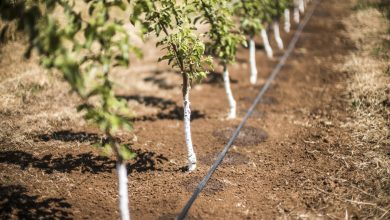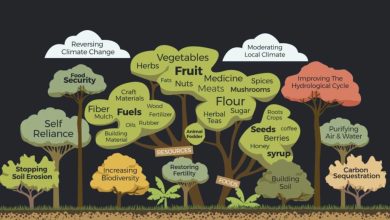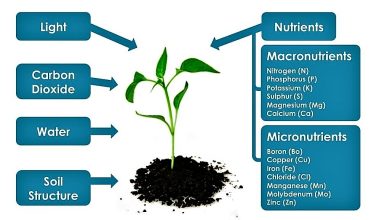Buddleja davidii or butterfly bush care

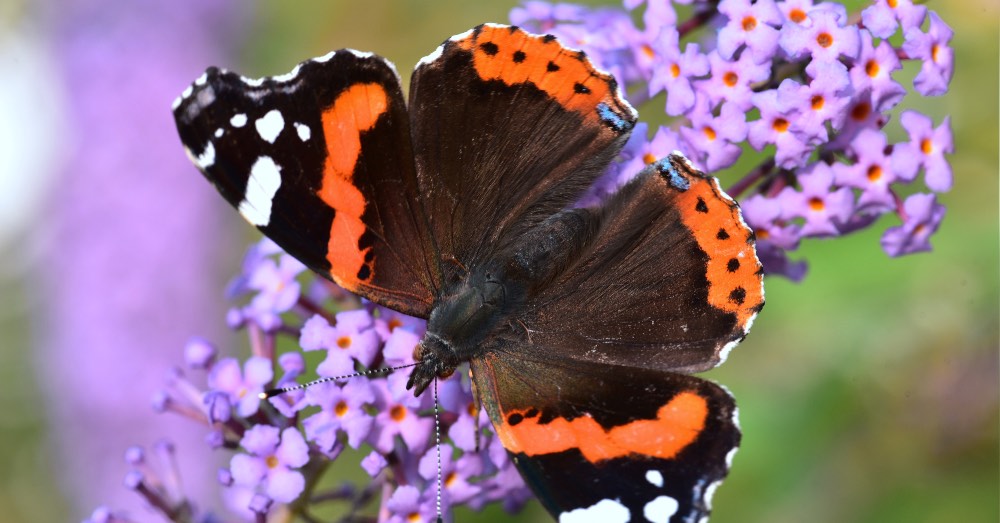
It is one of the most common shrubs in gardens and public spaces. Something that shocks since, despite this, he is a great unknown. Perhaps it’s because of its slightly complicated botanical name, Buddleja davidii. But, even more than this, it is likely that we often confuse it with the Lilo or Lilac because of the similarity of its flowering. Both species are so similar that one of the nicknames for this beautiful flowering shrub is Summer Lilo.
But it is not his only nickname. Beyond the popular adaptations of its botanical name, such as Budelia or Budleia; there’s a nickname it’s much better known by: the butterfly bush. And the reason is simple: if we consider how to attract pollinating insects to the garden or feel a weakness for them, this bush will be a real ally. Its flowering, which occurs in the summer months, is a real magnet for them. And not only because of the aroma of its flowers: its colors, which range from lilac to white through pink, are also extremely attractive to them.
For all its virtues, let’s see how to grow the Buddleja davidii. An extremely resistant plant that, in addition to its beauty, has another incredible advantage: it is not demanding with its needs.
7 CARE OF THE DAVIDII BUDDLEJA
Let’s start by understanding a little more deeply what makes Buddleja davidii so special. Originally from China and Japan, it can be said that today it is planted throughout the world. One of the main reasons is its development capacity. In fact, it is perfect if we are looking for fast growing shrubs for fences or any other location. One reason why, in many countries, it is considered an invasive plant.
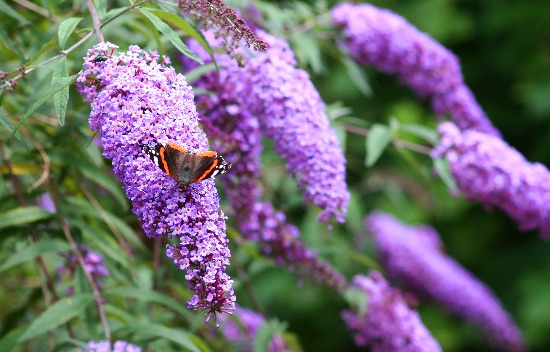
Apart from the beauty of its flowers, small in character and grouped in spikes, its shape is another of its hallmarks. We could say, in fact, that it is one of those shrubs with a singular bearing. Its branches, slightly arched when they become adults, grow in a ramified way: a detail that gives it a wild look, ideal for rustic-inspired gardens. But not only that: this arrangement of its stems also makes it a shrub with a high density of leaves. Some are lanceolate in shape and end in a point that, although they are perennial, can disappear if we subject our Budleja davidii to too much cold.
And one last thing to consider before looking at what it needs to grow and flourish. Although due to its vegetal morphology it is usually used to make closures or cover elements that we do not want to see, let us not lose sight of something important: it does not usually exceed three meters in height.
1.The location, extremely bright
Fundamental for your well-being but, above all, for your growth. Due to its characteristics, the Budelia needs a location in full sun or, failing that, very bright. Although it is true that it can also be grown in semi-shade, it is very likely that it will not bloom with the desire and generosity that characterize it.
Although it is usual to plant this shrub in the ground, it can also be grown in a pot. But yes: we have to consider that, no matter how big they are, it will never reach the dimensions of a Budelia with depth to lay down its roots.
2. The temperature, an aspect to monitor for the good of our Buddleja davidii
Due to its characteristics, the Budelia is a lover of average temperatures. A compelling reason why, on many occasions, it is common to have it if we consider how to make a Mediterranean garden. However, it is more than common to find it in gardens with winter averages that are far from those of this coastal area.
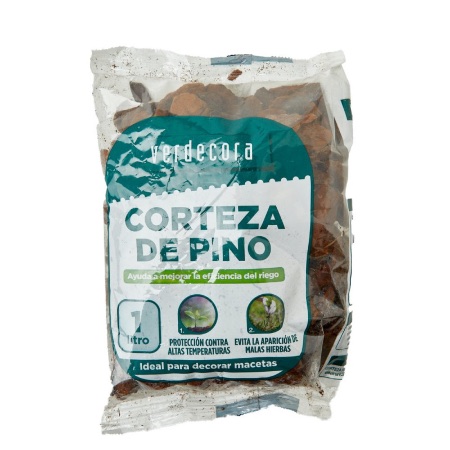
And, while it is true that it can survive a cold winter, it is essential to put our grain of sand so that it does so by mulching on the surface and covering our bush with a thermal protection blanket.
3. The soil, rich in organic matter
One of its singularities is that it is capable of growing in almost any type of soil, even calcareous or saline ones, as long as it meets very specific conditions. Not only must it have effective drainage: it is also essential that it be rich in organic matter such as earthworm humus.
If we consider moving it from a pot to soil, we will not only have to enrich the substrate with an organic amendment. Just as important as knowing how to transplant this plant correctly is doing it at the right time. And which one is it? The beginning of spring and as long as there are no longer night frosts.
4. Irrigation, regular in months of growth
During spring and summer, irrigation is essential for the development of Buddleja davidii. And, although it should be regular especially in the case of young plants, let’s not confuse this with overdoing it. Its roots do not tolerate waterlogging and, in addition to rotting, can make our bush sick, making it more susceptible to pest attacks.
During the rest of the year, the irrigations will be much more spaced and moderate.
5. Fertilizer, organic and after flowering
When we talk about manure and fertilizers, we inevitably think of the spring months. However, some plants like Budelia when they really need it is during the transition between good weather and winter vegetative rest.
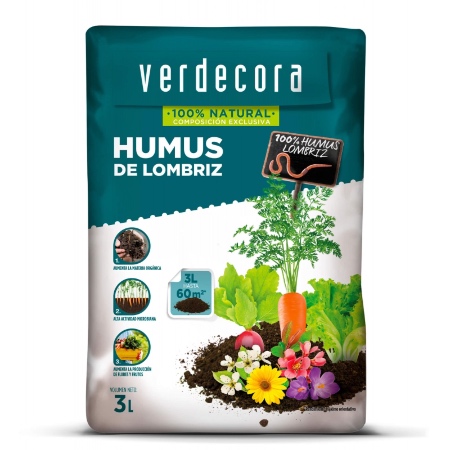
To do this, the ideal is to use an organic amendment that we will apply to the soil at the end of flowering so that it is gradually absorbed. A way to nourish the roots and strengthen our bush to withstand the cold.
6. Pruning, a fundamental task in autumn
Beyond removing wilted flowers to promote blooming, true butterfly bush pruning should be done in the fall. Thanks to this work we will not only give it shape, eliminating diseased branches or those that disfigure the whole. In addition, it will allow it to resprout strongly with the arrival of spring.
If our shrub is planted in an area exposed to wind, we will have to prune a good part of its height to prevent winter from taking its toll.
7. Aphids and fungi, the main enemies of Buddleja davidii
Although it has some resistance to pests, a Budelia with some insufficiency in its cultivation is synonymous with being attacked by pests. And what is your main enemy? The aphid, followed by the red spider. Two uncomfortable companions that should be eradicated as soon as we detect their presence with a specific acaricide insecticide.
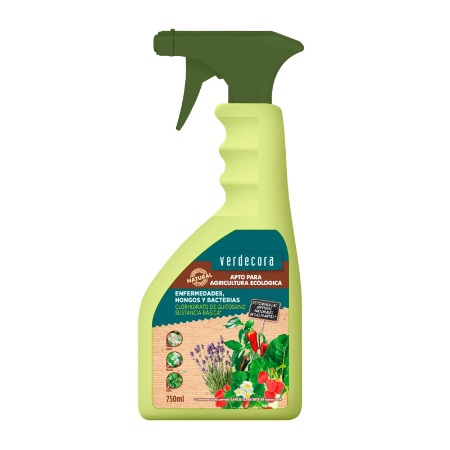
But just as or more important than keeping these insects at bay is to prevent excessive watering from causing a fungal disease in our Budelia.
With these simple care, you can enjoy the Buddleja davidii and its unique beauty. And what is even more important: you will be able to contemplate the fluttering of dozens of butterflies that, apart from filling your garden or terrace with life, will be helping to maintain life on our planet.

![Photo of Hackberry or Lidonero: [Planting, Care, Irrigation, Substrate, Problems]](https://www.complete-gardening.com/wp-content/uploads/2022/08/hackberry-or-lidonero-planting-care-irrigation-substrate-problems-390x220.jpg)
